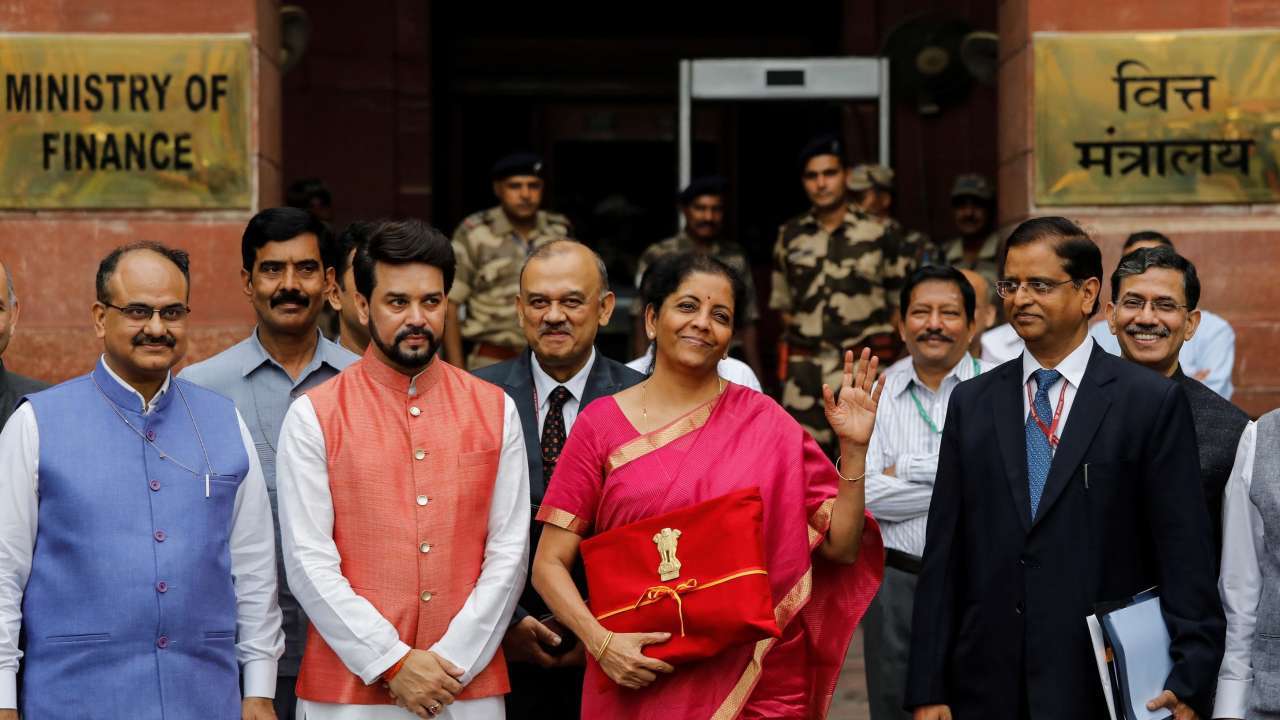
Sage analysts who have traditionally predicted the rise of the so-called ‘right wing’ economics in India with the arrival of the BJP are somewhat taken aback. Instead of all they had postulated and envisaged, a new form of welfare economics has come to stay, as the recent Union Budget has demonstrated. For starters, the government has raised the top tax bracket for the super-rich, raising a 3% surcharge on individuals earning Rs 2-5 crore and by 7% for those who make above Rs 5 crore. This surcharge will help the government earn an additional Rs 13,000 crore.
The highest tax bracket would mean effective new rates of 39% for incomes of Rs 2-5 crore and 42.74% for incomes above Rs 5 crore. That has come as no small surprise in a country where taxpayers have traditionally comprised the pigeonholed middle class, whose Tax Deduction at Source (TDS) leaves them with no option but to cough up.
Happily, that scenario appears to be changing. The other government initiative is to keep an eye on the increase in dubious cash transactions. Banks have been asked to keep a track of cash transactions in excess of Rs 1 crore a year. In the Budget, finance minister Nirmala Sitharaman had announced 2% TDS on cash withdrawals of more than Rs 1 crore a year, per bank account.
A top official quoted by this paper said that the number of those who make cash withdrawals above Rs 1 crore a year runs into a few lakh crore. In many cases, it has been found that their Permanent Account Number or PAN is incorrectly quoted or not quoted at all. Accordingly, the government feels that the measure would help bring more number of rich under the highest tax bracket.
The Income Tax Department’s data puts the number of individual taxpayers disclosing income above Rs 1 crore as 81,344 during 2017-18. Even in Narendra Modi’s first term, the government consistently stressed on the use of PAN-Aadhaar linking, for identifying better audit trail and for making, as far as possible, all deals accountable and legitimate. That this Budget has the stamp of welfare economics all over it is evident in its pitch against the rich, while seeking the support of the business community in building a just and equitable society. There is little doubt that the rich would complain, but there is consistency in the political message here.
The finance minister, a day after the Budget, justified raising top tax rates for the rich saying that income disparity is on the rise and the wealthy need to help the government provide for the poorest sections of society.
In her reckoning, the poor cannot simply be allowed to remain without basic amenities. “We respect them (rich) for the role of job creators they play... But with income disparity on the rise, shouldn’t all of us participate?” has been her refrain. The government has quoted the example of several developed countries where those earning high income pay more taxes. Even if belatedly, it is an idea whose time has come in India.